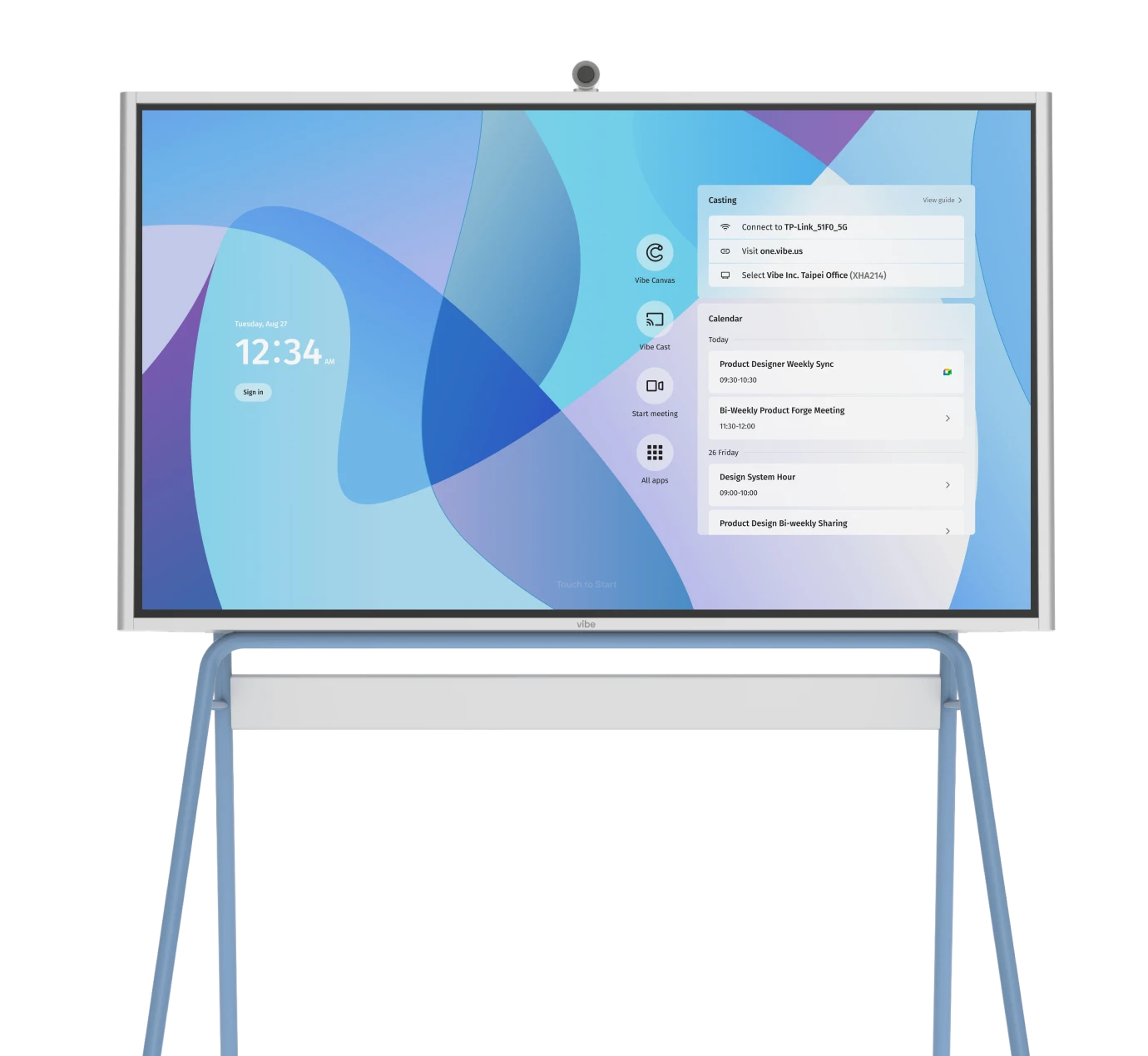Your Slack pings. A post is due in an hour, and no one remembers who was supposed to write it. The spreadsheet is outdated, the doc is buried, and the calendar? Still blank.
This is how content goes for a lot of businesses. In fact, 38% of content teams admit they don’t plan ahead at all and operate ad hoc. Without a clear system, good ideas slip through the cracks and publishing becomes guesswork.
This guide shows how to pick, deploy, and maximize content planning tools tailored for solo creators or teams. We’ll compare the big players, including AI-powered calendars and collaborative platforms that bring order (and calm) to your workflow.
- Content planning tools give your team one place to plan, create, and publish content.
- The best content planning apps combine scheduling, automation, and collaboration to keep projects moving.
- AI-powered planners speed up ideation while analytics dashboards highlight what performs best.
- Choosing the right platform means matching features to your team size, goals, and growth stage.
Why Use Content Planning Tools? (Benefits & Purpose)
Content planning tools bring structure to your creative tasks. With one shared system, your team can organize ideas, coordinate across channels, and track what’s working without losing momentum. Whether you’re planning weekly posts or full-scale campaigns, the right tool keeps everyone aligned and focused on impact.
Different tools shine in different ways, too. Some emphasize collaboration, others automate repetitive work, and many now blend both. Here’s how they make content planning easier and smarter:
-
Organization and centralization: Store ideas, briefs, drafts, and calendars in one place instead of juggling multiple apps.
-
Efficiency and automation: Streamline workflows with recurring posts, auto-publishing, and reminders.
-
Collaboration: Give teams shared visibility with review workflows and role permissions, which is key for stronger team communication and high performing teams.
-
Performance tracking: Surface insights on what resonates so you can double down on winning content.
-
Scalability and consistency: Maintain publishing cadence as your volume, audience, or team grows.

Types of Tools You Can Use (and Adapt)
Some content planning software comes loaded with automation and analytics; others are flexible canvases you can shape to your workflow. Think of them as four main categories: dedicated platforms, AI-based tools, Multipurpose project management tools, and free or low-cost options. You may use different tools during different stages of your business’ growth or find the right fit based on the size of it. Here is a breakdown of the most popular options.
Dedicated Content / Marketing Platforms
Examples: HubSpot, CoSchedule, Loomly, Marketo, Sprout Social
These tools were built specifically for content planning and publishing. They offer structured workflows, built-in analytics, and templates for campaigns that span multiple channels. They often include editorial calendars, asset libraries, and performance dashboards for tracking engagement in real time. Integration with CRMs or email tools also helps unify marketing efforts under one roof.
-
Pros: Centralized planning, integrated publishing, detailed performance data.
-
Cons: Can be expensive or complex for smaller teams.
-
Best for: Mid-to-large teams running high-volume content operations.
AI-Driven Content Planning Tools
Examples: ContentStudio, Optimo, Jasper, Copy.ai, Writesonic
AI-powered tools help teams move from idea to execution faster. They can suggest post topics, generate outlines, and even recommend optimal publishing times based on engagement data. Many include smart calendars that populate automatically, reducing manual input and freeing energy for strategy and storytelling. They’re fast, efficient, and great for filling creative gaps.
-
Pros: Rapid brainstorming and content scheduling with AI assistance.
-
Cons: Still need human editing to match brand tone and quality.
-
Best for: Teams that want to move fast and scale production without burning out creatives.
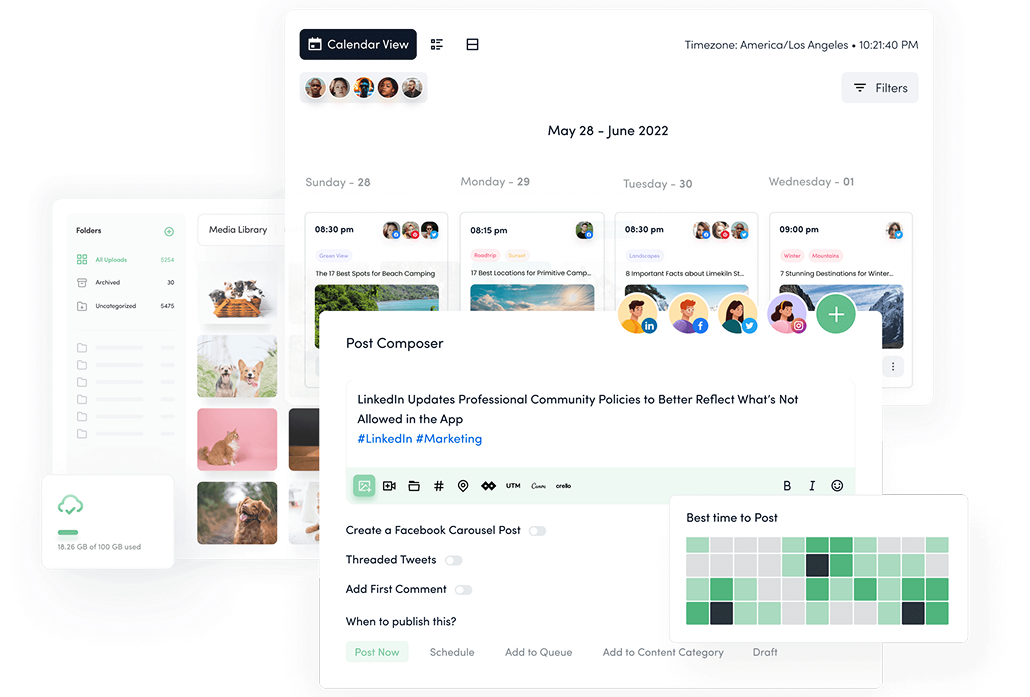 Using ContentStudio to plan and create content.
Using ContentStudio to plan and create content.Multipurpose / Project Management Tools Adapted
Examples: Notion, Asana, Trello, Airtable, ClickUp, Monday.com
While these platforms weren’t designed specifically for marketing, they excel at keeping complex workflows organized. Teams can build a project management board to manage topics, approvals, and publishing stages—all within a single, shareable view. Many integrate with external tools like Google Drive or Slack to turn them into central hubs for easier teamwork.
-
Pros: Highly customizable, ideal for blending content with other team projects.
-
Cons: Usually lack built-in analytics or publishing automation.
-
Best for: Creators or teams already comfortable with these platforms.
Free / Low-Cost Options
Examples: Google Sheets, Buffer, Canva Content Planner, Later, Zoho Social
Sometimes simple is best. Lightweight tools are ideal for small teams or creators testing their first planning system. They offer basic calendar views, drag-and-drop scheduling, and social post templates that help keep content consistent without overwhelming setup time. Some, like Buffer or Later, also support limited automation and analytics.
-
Pros: Quick to start, budget-friendly, minimal setup.
-
Cons: Limited scalability and fewer automation features.
-
Best for: Beginners, freelancers, or small teams starting from scratch.
How Tools Solve Common Content Challenges
Every content team faces the same handful of hurdles—missed deadlines, lost ideas, overlapping posts, or confusion over who owns what. Most of these headaches come from trying to manage content, but not having the right resources. The main thing content planning tools do is consolidate everything in one place so that teams can be more intentional. Here’s how they close the most common gaps:
-
Inconsistent publishing: Tools with shared calendars, recurring reminders, and approval workflows help teams stay on schedule. Instead of chasing updates across email chains, everyone can see exactly what’s live, what’s pending, and what’s next.
-
Too many ideas, no follow-through: A built-in idea board or backlog gives every concept a home. You can tag topics, assign owners, and revisit them during planning cycles so good ideas never disappear under new priorities.
-
Lack of team visibility: Shared dashboards make ownership transparent. Editors, writers, and designers can view each stage of the process, cutting down on "who’s handling this?" confusion.
-
Missed deadlines or campaigns: Integrated project timelines and automatic notifications flag delays before they spiral. Teams can quickly reassign or reschedule without derailing the entire content calendar.
-
Overlapping or missing topics: Many platforms include tagging, color-coding, or calendar filters that highlight content clusters or blind spots. You can instantly see whether you’re over-indexing on one theme or neglecting another.
-
Overplanning and rigidity: Modern content planning software supports drag-and-drop rescheduling and flexible workflows. That means you can react to breaking news, product launches, or audience trends without abandoning your structure.
-
Analytics ignored: Instead of relying on guesswork, built-in reporting connects each post to its performance metrics. You can see engagement rates, top-performing themes, and underperforming formats directly in your planning view.
-
No clear direction: Setting content pillars and campaign goals within the tool keeps planning tied to strategy. It shifts content from a checklist of deliverables to a purposeful, goal-driven roadmap everyone can follow.
How to Choose the Right Tool for Your Workflow
There’s no shortage of software promising to "simplify content planning." The trick is finding one that matches how your team actually works. A tool that’s perfect for a marketing department might overwhelm a solo creator—or vice versa. Use this step-by-step framework to evaluate what fits your team.
1. Define your content planning needs
List every channel where your content lives—blog, social, email, video—and outline who’s involved in each. Identify whether you need basic scheduling or deeper features like analytics, AI-powered ideation, or approval workflows based on team size and roles you need to accommodate. Knowing what matters most keeps you from paying for extras you’ll never use.
2. List your must-have features
Separate core functionality from nice-to-haves. For most teams, essentials include collaborative calendars, version control, and task assignments. For growing teams, scalability and user permissions matter just as much as automation.
3. Test 2–3 tools with real use cases
Free trials and demos are for exploration—they’re your best chance to see how a platform handles actual content flow. Create a small campaign or upcoming content sprint within each tool. Track how intuitive the setup feels and how well it supports collaboration to get an idea of your team’s effectiveness with such a tool.
4. Evaluate usability and long-term fit
Good software should blend into your workflow, not disrupt it. Look for clean interfaces, helpful onboarding materials, and active customer support. A tool with frequent updates and a strong user community will grow with you, not outpace you.
5. Pilot before full rollout
Start small. Give one team or campaign a 30-day trial and measure how much time it saves or how clearly it tracks tasks. Use feedback from real users to refine workflows before rolling out company-wide. A thoughtful pilot phase helps adoption feel natural instead of stressful and forced to your already busy workforce.
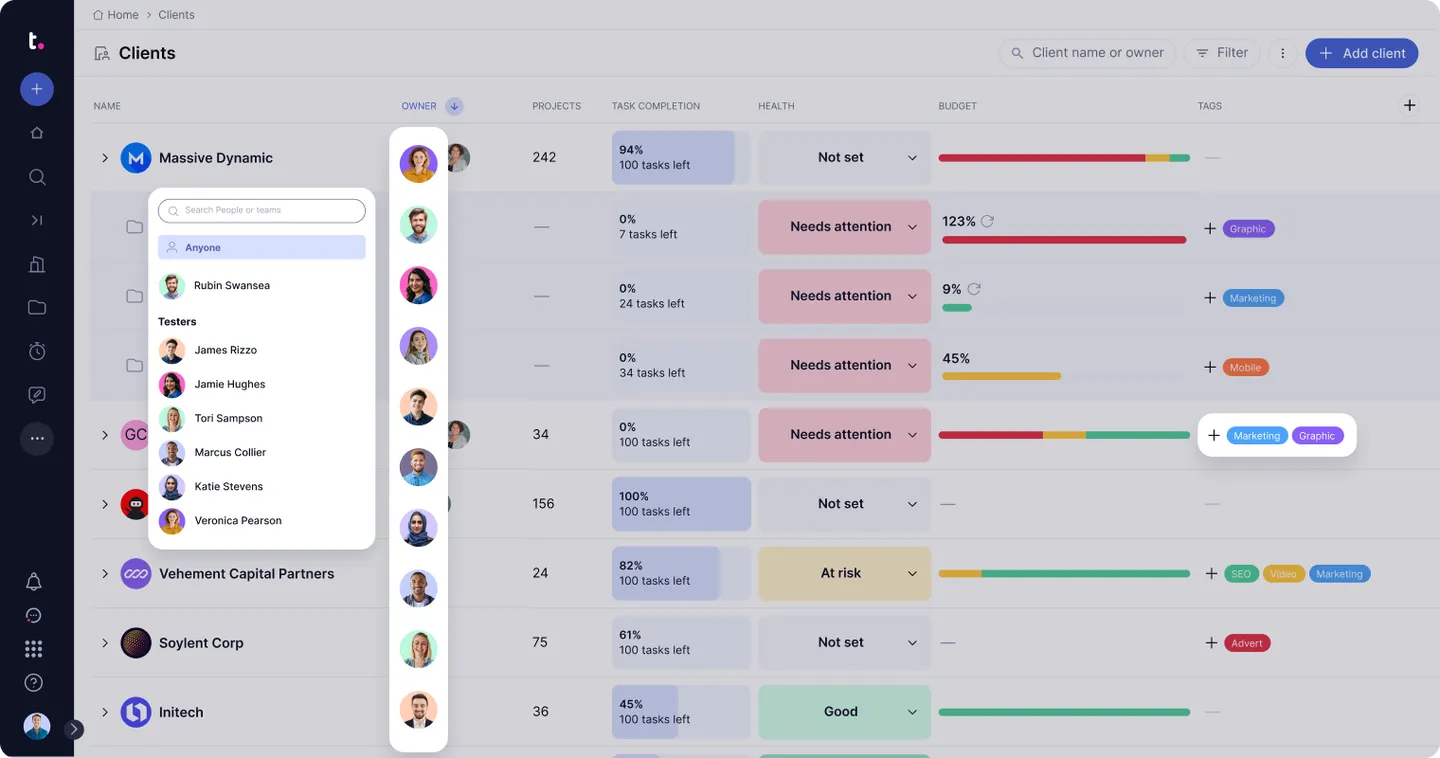 Using a content planning template to streamline the workflow on Teamwork.
Using a content planning template to streamline the workflow on Teamwork.Tool-by-Tool Comparison & Mini Reviews
Now that you know what to look for, here’s a side-by-side comparison of the most popular content planning tools on the market. Each offers its own balance of flexibility, automation, and teamwork.
Tool Comparison Table
|
Tool |
Best For |
Strengths |
Weaknesses |
Price |
|
HubSpot |
Marketing teams with CRM needs |
All-in-one platform, integrates with CRM |
Expensive for small teams |
Premium tiers |
|
CoSchedule |
Editorial calendar management |
Structured calendar, marketing workflow tools |
Not ideal for content creation |
Mid-range |
|
Loomly |
Social media planning |
Visual planning, approval workflows |
Limited blog support |
Affordable |
|
ContentStudio / Optimo |
AI-driven automation |
Smart suggestions, AI content planning |
May lack human tone without edits |
Varies by plan |
|
Notion / Trello / Asana |
Project-based workflows |
Customizable, versatile beyond content |
No built-in analytics or publishing |
Free & Paid |
|
Buffer / Canva / Sheets |
Simple solo creator planning |
Low-cost, easy setup |
Basic functionality, limited scalability |
Free or cheap |
|
Hootsuite |
Multi-platform social scheduling |
Robust scheduling, integrations, analytics |
Can feel bloated/expensive for small users |
Plans vary |
|
Monday |
Visual project + content workflows |
Highly customizable dashboards, automations |
Requires setup time; steep learning curve |
Plans vary |
|
ClickUp |
Task + content planning hybrid |
Flexible, scalable, all-in-one workspace |
Can be overwhelming with too many features |
Free & Paid |
|
Airtable |
Flexible content database |
Spreadsheet-style with database power |
Limited native publishing/analytics |
Free & Paid |
What to Look for in a Content Planning Tool
Use this checklist to focus on what matters most for your stage, budget, and goals.
-
Ease of use / intuitive interface: The best tools feel natural after just a few sessions. Look for clean layouts, quick navigation, and minimal setup time so your team can start planning immediately.
-
Multi-channel support: Your content likely lives across platforms. A good planner supports multiple channels like social and email so you don’t have to juggle separate calendars.
-
Scheduling and publishing automation: Automate what’s predictable. Tools with built-in scheduling save hours on manual posting and keep campaigns running while you focus on strategy.
-
Team and workflow support: Features like role assignments, approval chains, and shared timelines keep teams organized without endless back-and-forth messages.
-
Analytics and reporting capabilities: Performance dashboards connect your calendar to measurable outcomes. Pair with a KPI dashboard or OKR dashboard to visualize progress toward goals.
-
Integrations / API / third-party support: A tool that connects with your existing ecosystem—like Slack, Google Drive, or CMS platforms—helps you avoid duplicate work.
-
AI, ideation and generative features: AI-assisted topic generation, caption suggestions, and keyword clustering can accelerate planning and creative output.
-
Cost structure and scalability: Consider how pricing grows with your team. Start small if needed, but choose software that can scale as your publishing volume and contributors increase.
A solo creator might prioritize simplicity and cost, while a team managing multiple brands will need workflow permissions and analytics depth. Match the tool to your pace now and your ambitions later.
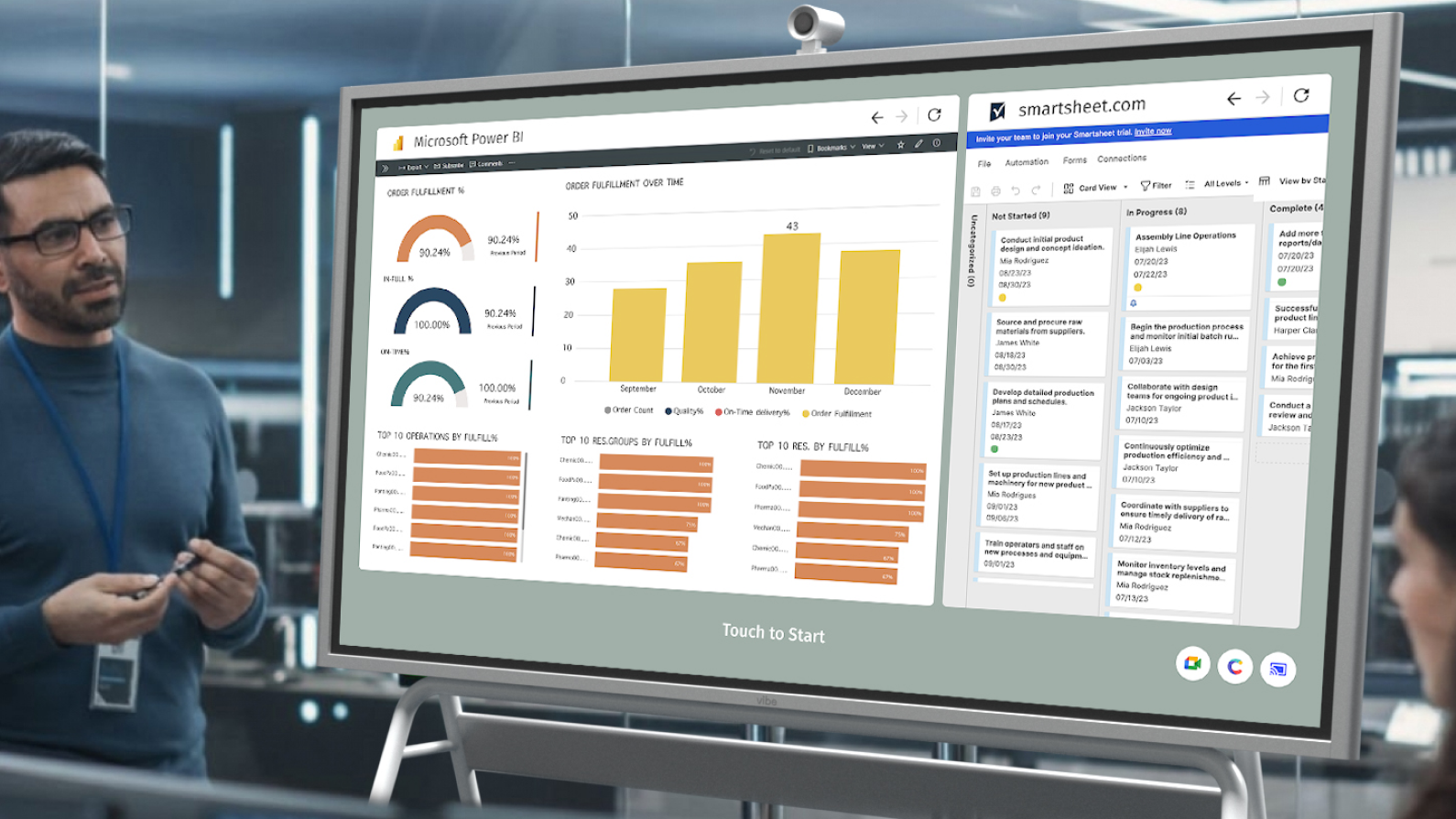 Bring clarity and alignment to every project with Vibe Screen’s real-time progress tracking.
Bring clarity and alignment to every project with Vibe Screen’s real-time progress tracking.Best Practices When Using Content Planning Tools
To get the most value, treat your planner as a living system, one that evolves with your campaigns and your people. These practices help teams stay efficient no matter how much content they produce.
-
Use tagging, categories, or folders: Organize your ideas and assets around content pillars so everyone can find what they need fast.
-
Set up recurring tasks or series: Automate repeatable content like newsletters or monthly recaps to keep your schedule consistent.
-
Turn on notifications and reminders: Automated alerts for due dates, approvals, and publishing times prevent last-minute scrambles.
-
Leverage templates for briefs or workflows: Standardizing content formats keeps branding and messaging consistent across posts and campaigns.
-
Track performance through analytics: Review engagement and conversion data regularly to identify high-performing themes and formats.
-
Assign owners and permissions: Clarify responsibility at every stage to streamline communication and prevent duplicate work.
-
Maintain a content asset library: Store visuals, brand guidelines, and reusable copy blocks within your planner for quick reference.
Pitfalls to avoid
The right system should make your team feel more focused, not more restricted or confused. Be sure to avoid:
-
Ignoring built-in analytics—data is only useful when reviewed and acted on.
-
Over-customizing workflows until they become more confusing than helpful.
-
Relying entirely on manual entry when automation can handle routine tasks.
Migrating from Spreadsheets or No Tool to a Modern Content Planner
Most teams start manually, with color-coded spreadsheets, sticky notes, or even Slack threads full of ideas. Upgrading to dedicated content planning software doesn’t mean throwing everything out, but moving what does work into a smarter, shared system. A thoughtful migration keeps your history intact while setting you up for consistency and scale.
-
Audit your existing pipeline and assets: Gather all your content ideas, drafts, and scheduled posts. Identify duplicates, outdated items, and evergreen pieces worth importing.
-
Define your calendar structure: Decide on publishing frequency, content types, and how you’ll visualize your schedule—weekly, monthly, or by campaign.
-
Select and set up your new tool: Choose a platform that fits your needs, then configure roles, permissions, and integrations to match your current workflow.
-
Create reusable templates: Build outlines for posts or campaign checklists to simplify future planning and reduce manual setup.
-
Import or transfer content: Start with upcoming projects rather than old archives. Many platforms allow CSV imports or integrations that make migration easier.
-
Train your team: Run short demos to show new workflows, naming conventions, and folder structures. Early clarity prevents confusion later.
-
Run both systems in parallel: Use your spreadsheet and new planner side by side for two to four weeks. Once the team’s comfortable, retire the old system and move forward confidently.
Quick tips: Only migrate what you need, communicate changes early, and expect a short adjustment period. Within a few weeks, the structure and visibility will far outweigh the initial learning curve.
Measuring Success & Refining Your Plan
Once your team’s workflow is organized, the next step is optimizing it. When you measure outcomes, you turn your calendar into a feedback loop that shows what works well and where to focus next. Start by tracking metrics that reflect both consistency and impact.
Key metrics to track
-
Content output consistency: Measure how closely your team sticks to the publishing schedule over time.
-
Engagement rates: Track likes, shares, comments, or saves to see what resonates most with your audience.
-
Reach and impressions: Gauge how far your content spreads across different platforms.
-
Traffic and click-through rates: Understand which pieces drive people to take action.
-
Conversion or sign-up rates: Tie content performance directly to business outcomes.
-
Topic gaps and overlaps: Use tagging or analytics reports to see where your content mix is unbalanced.
How to apply the insights
Once you have your data, you can act on them by hosting monthly content reviews to discuss what needs adjusting. Refine your calendar around audience patterns, such as posting more of what performs well and testing new formats where engagement lags. Over time, link your content goals directly to metrics in your KPI dashboard or OKR dashboard to keep creative efforts tied to measurable growth.
Bringing Your Content Plan to Life
A great plan deserves a creative space to match. The Vibe Board S1 and Vibe Canvas turn static calendars into interactive whiteboarding tools where teams can brainstorm, visualize, and adapt ideas together. With built-in collaboration software and flexible digital white board features, you can plan content, sketch workflows, and meet in the same collaborative workspace—from anywhere.
Whether you’re brainstorming through mind mapping or refining workflow process mapping, Vibe keeps creativity moving. Trusted by 40,000+ business leaders, it’s the easiest way to bring structure and imagination into one space.
 Team using a Vibe Board to visualize content planning and track progress.
Team using a Vibe Board to visualize content planning and track progress.Content planning tools FAQs
What is the best content planning tool?
It depends on your needs. Solo creators often prefer flexible tools like Notion or Buffer, while larger teams benefit from structured systems like CoSchedule or HubSpot. AI-driven planners such as ContentStudio or Optimo help speed up brainstorming and scheduling.
What are the six planning tools?
Some of the basic planning tools include an editorial calendar, task manager, analytics dashboard, ideation tool, approval workflow system, and a project management board for collaboration.
What are content tools?
They’re platforms that help you plan, create, organize, publish, and measure content. The best ones connect your team’s creative ideas with actionable data.
How do I migrate from spreadsheets to a content planning tool?
Start with an audit, choose a platform, and import future projects first. Run your old and new systems side by side for a few weeks, then fully transition once your team is comfortable.
How can AI improve content planning?
AI simplifies the busywork. It can generate ideas, cluster topics, forecast engagement, and even suggest publishing times so that your team can focus on creativity, not logistics.



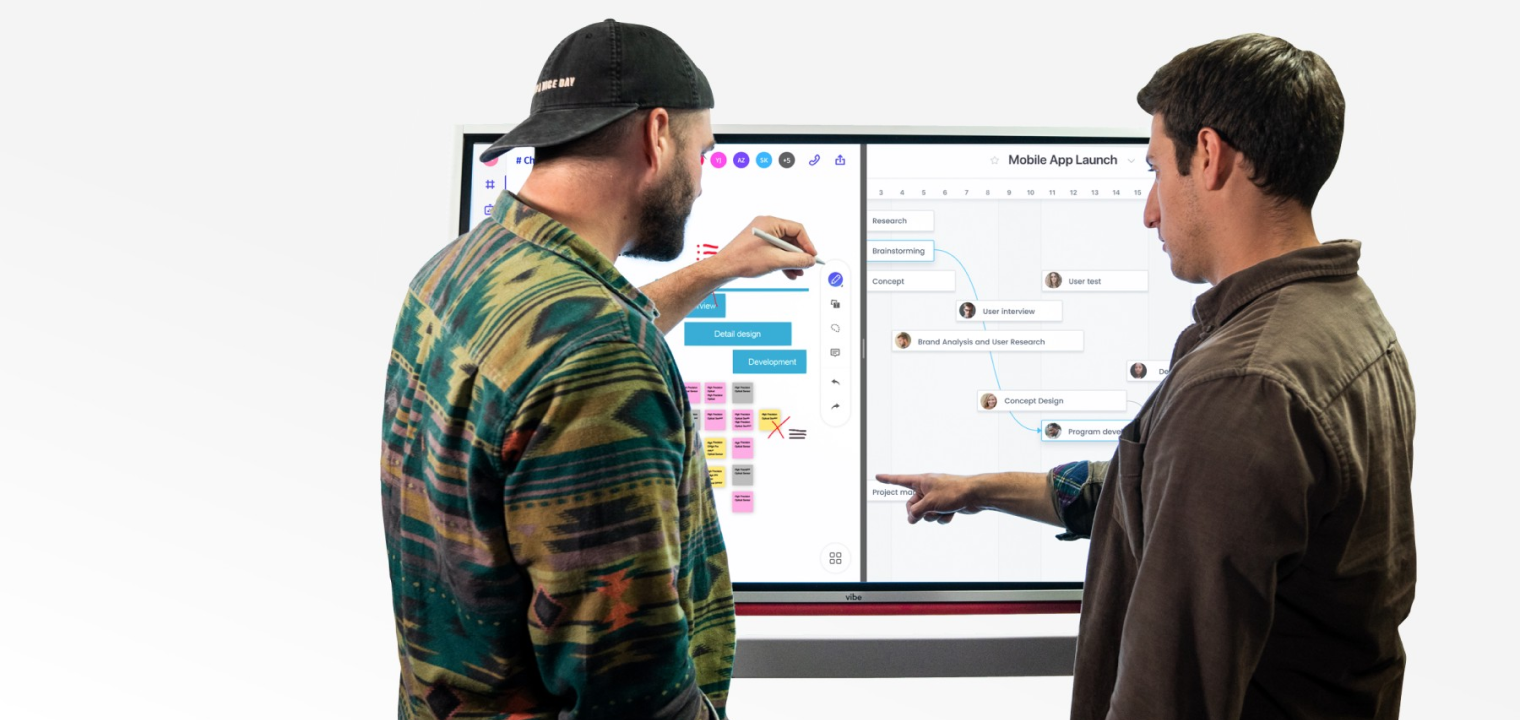
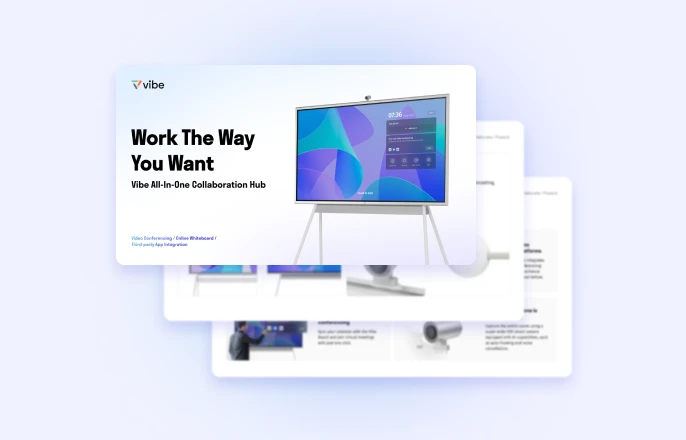


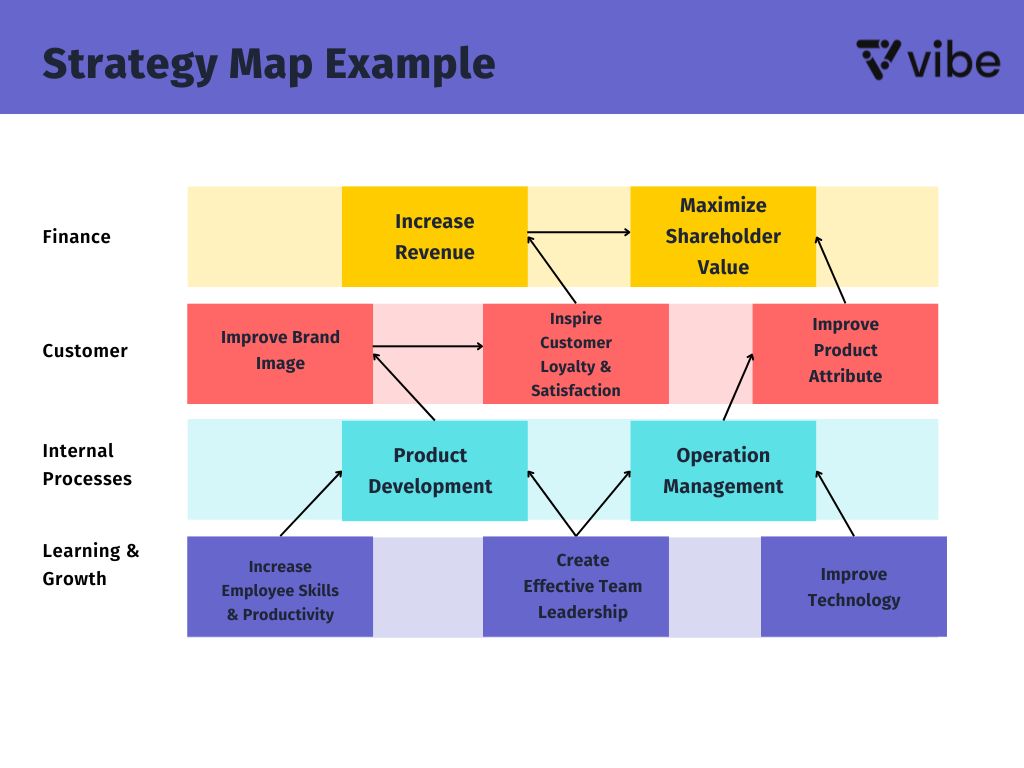
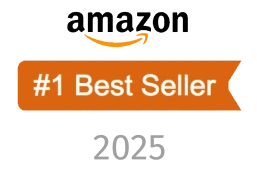
-1sbltxxq4FYxHrXrwJVLsCDNsXpqNa.webp)
-5Zp0pmSytvcuYDVs1LvuwplKuRneK0.webp)
